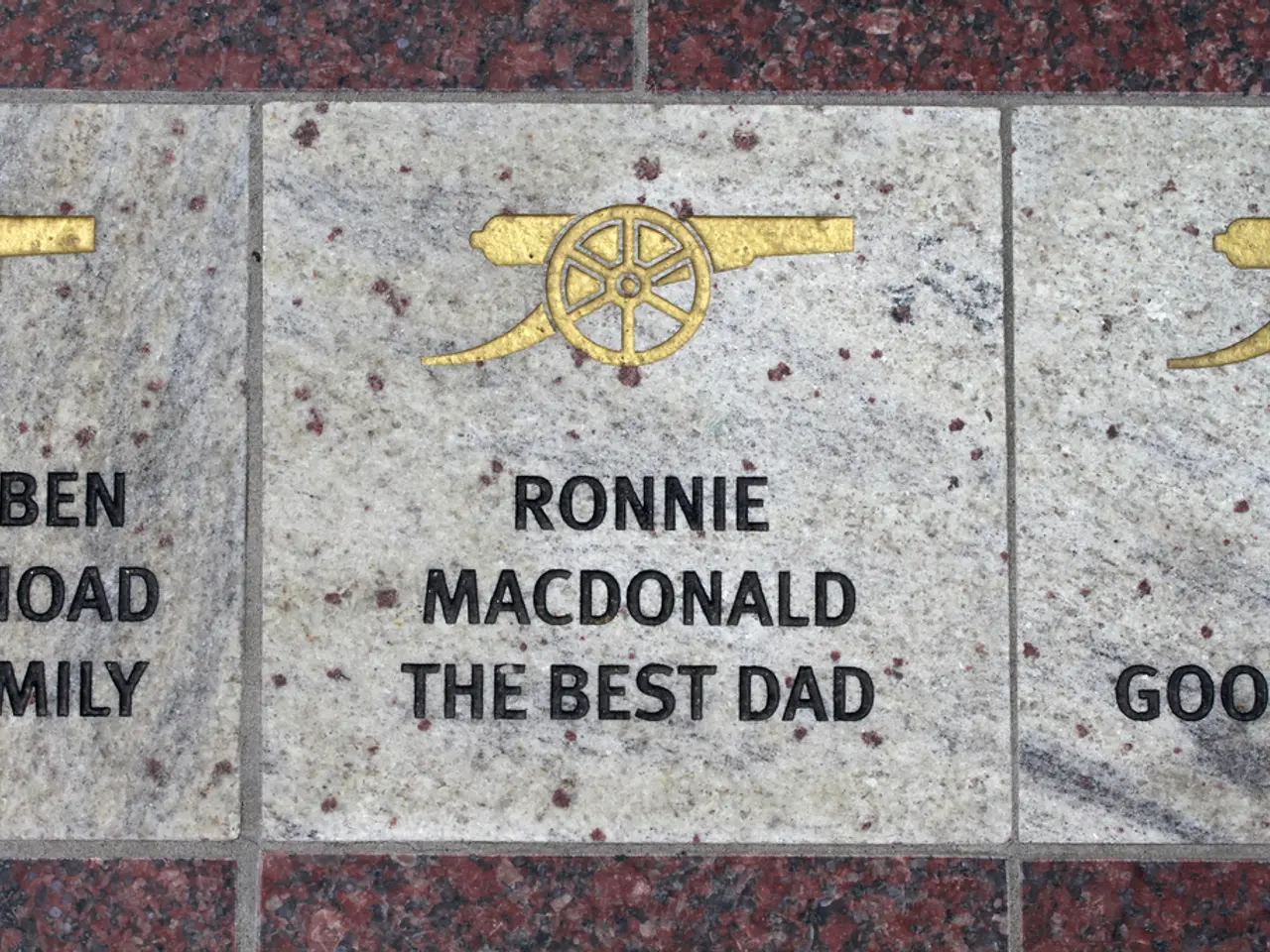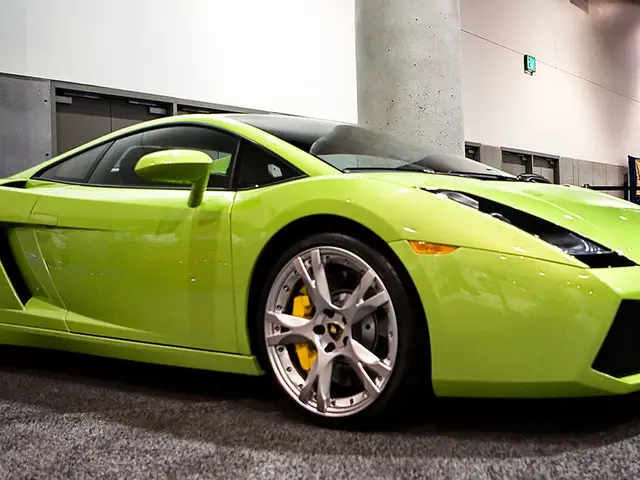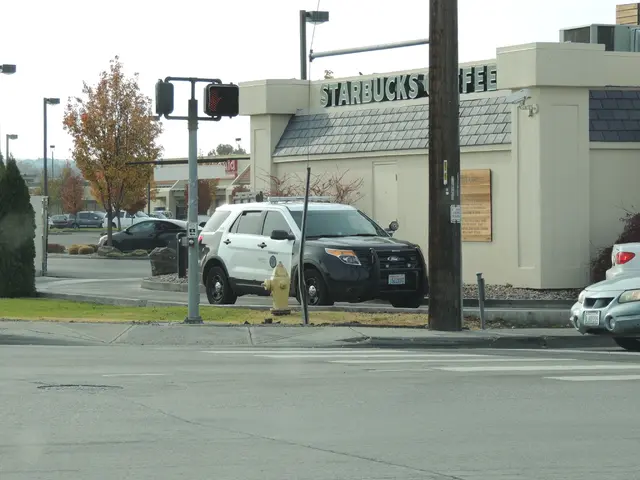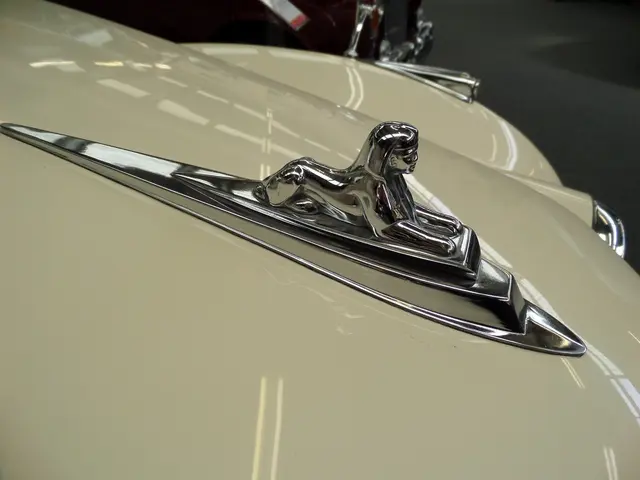Patriotic healing through art led by Dr. Saira Naz
Dr. Saira Naz Sufian, a renowned figure in Pakistan's healthcare landscape, is not just a cardiologist at Aga Khan University Hospital in Karachi. Beyond her medical career, she is also a calligrapher, using her art as a powerful tool for dialogue and progress in Pakistan.
Dr. Sufian's calligraphy imbues each piece with a vibrant dynamism, transforming Arabic script into vibrant narratives that celebrate national pride, resilience, and cultural identity. Her work reflects Pakistani society's complexities, particularly the tensions between modernity and tradition.
Her calligraphy painting titled "Bunyanon Marsoos" offers a luminous testament to the enduring power of art in shaping identity and society. This piece, featuring the radiant light of the Prophet Hazrat Muhammad (Peace Be Upon Him), serves as a quiet rebellion against apathy, infusing motifs of unity and freedom.
Dr. Sufian's objective is to bridge divides through art and medicine, seeking to heal, inspire, and unite. Her artistry is a deliberate, meditative act of cultural preservation and reinterpretation, reflecting a sophisticated dialogue between tradition and innovation.
In the contemporary art world, calligraphy has evolved significantly, transforming from traditional forms of writing to more modern and experimental styles. Digital calligraphy, mixed media, cultural exchange, and exhibition and public engagement are some of the ways this ancient art form is being reimagined. However, Dr. Sufian's work stands out for its unique fusion of art, culture, and social commentary.
Dr. Sufian's entrepreneurial spirit is driven by a desire to reposition art as a necessity rather than a luxury in Pakistan. She believes that art is a powerful tool for dialogue and progress, inviting viewers to witness the profound poetry embedded in the written word.
While calligraphy and medicine may seem unrelated, the precision and attention to detail required in both fields can be intertwined. For some individuals, practicing calligraphy can be a therapeutic outlet, enhancing focus and creativity, which might complement a career in medicine. However, without specific information about Dr. Sufian's personal experiences, it's difficult to explore this intersection further.
In conclusion, Dr. Saira Naz Sufian is more than just a cardiologist; she is a calligrapher, an artist, and a bridge between the worlds of medicine and art. Her work serves as a testament to the power of art to heal, inspire, and unite, and a reminder of the importance of preserving and reinterpreting cultural heritage in a rapidly changing world.
- Dr. Sufian's calligraphy art not only celebrates national pride and cultural identity but also serves as a tool for dialogue and progress, similar to how her medical career aids in healing and inspiring patients.
- In the realm of business and finance, Dr. Sufian's entrepreneurial spirit aspires to reposition art as a necessity rather than a luxury, much like how healthcare is viewed as essential for societal well-being.
- The contemporary art world reflects the same complexities as Pakistani society, with traditional calligraphy evolving into modern and experimental styles, comparable to the tensions between modernity and tradition.
- Dr. Sufian's work in both medicine and calligraphy demonstrates her commitment to bridging divides and fostering unity, a pursuit that aligns with the objectives of entrepreneurship and her drive to create dialogue for progress.




